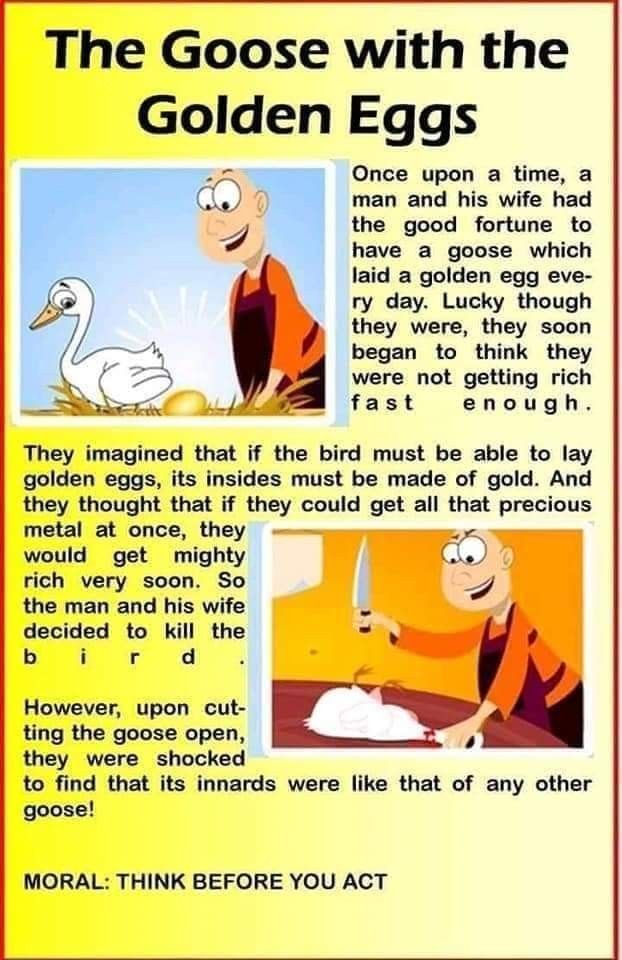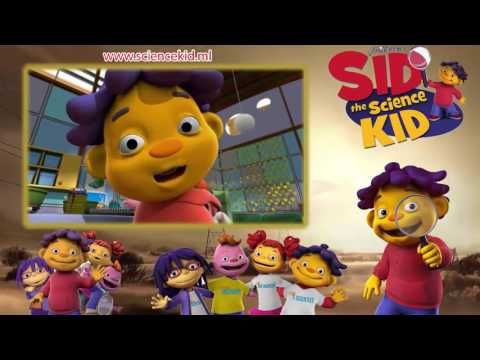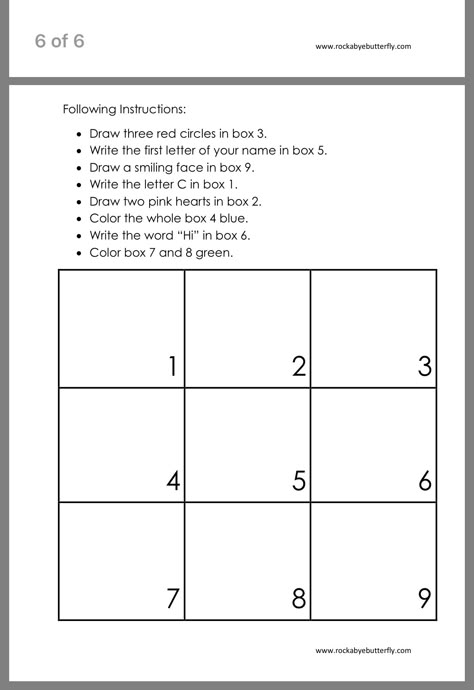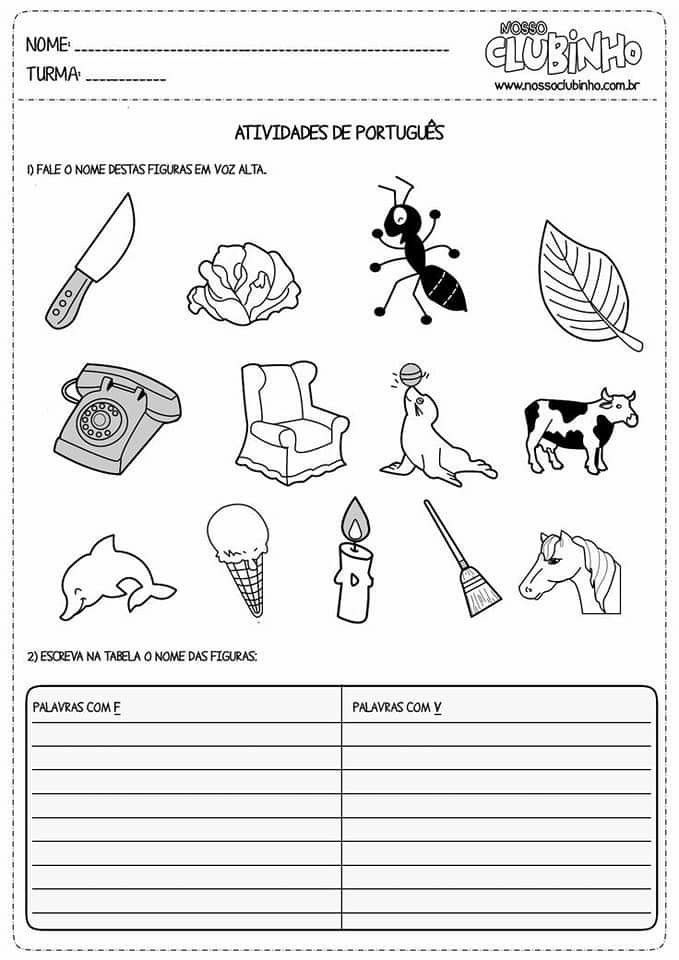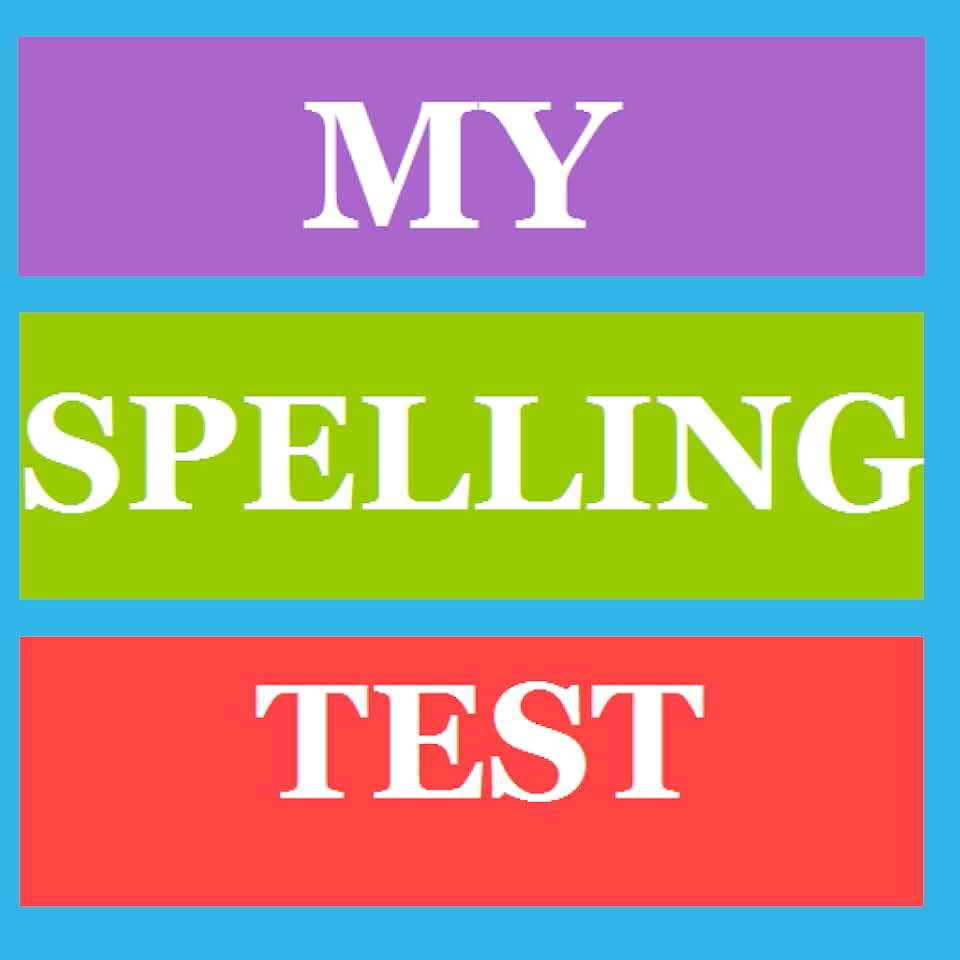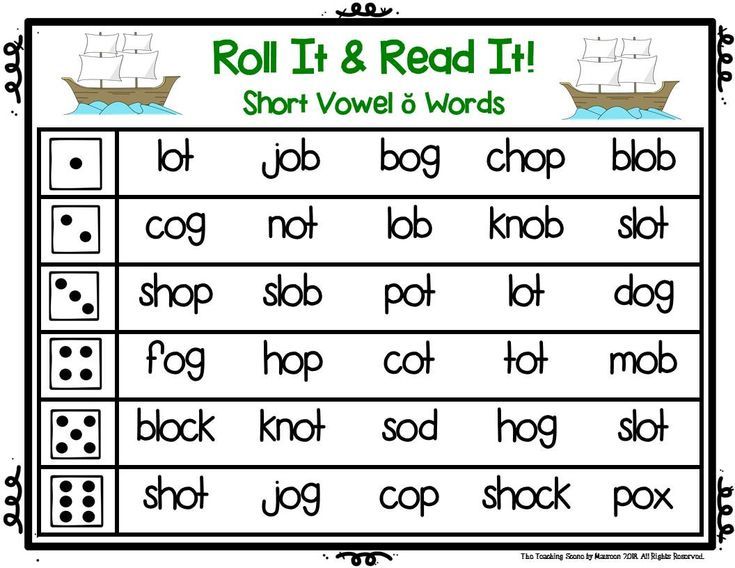Stages of emergent writing
Stages of Emergent Writing | Thoughtful Learning K-12
Emergent writers discover many ways to send written messages. The writing samples on this page demonstrate different kinds of writing evident in a kindergarten classroom. Each sample demonstrates one or more of the qualities of effective writing.
Drawing and Imitative Writing
The child writes a message with scribbling that imitates “grown-up” writing. It shows individuality and an attempt to communicate with others.
Copying Words
The child copies words from handy resources like books, posters, and word walls. The writing makes sense and shows knowledge of letter formation and the concept of words.
Drawing and Strings of Letters
The child writes with random letters to convey a message. The letters are formed well, but have no relationship to sounds. The writer is aware that print and art convey meaning.
Early Phonetic Writing
The child writes words using letters (mostly consonants) to represent words and sounds. The writing shows individuality, focuses on a topic, and makes sense.
Phonetic Writing
The child writes words using letters to represent each sound that is heard. The words make sense and may be used for writing longer texts.
Conventional/Some Phonetic Writing
The child focuses on a topic and uses close-to-correct copy. The writing demonstrates an emerging voice.
Drawing and Imitative Writing
In this type of early writing, the child writes a message or shares ideas with others through drawings and imitative writing. Scribbling and random letters are often considered to be an imitation of “grown-up” writing.
The first example here shows individuality. Notice the use of made-up letters to imitate writing.
The second example shows an attempt at appropriate formation of letters and words.
Copying Words
In this type of early writing, the child copies words from handy resources like books, posters, and word walls. The writer may or may not be aware of the meaning of the words.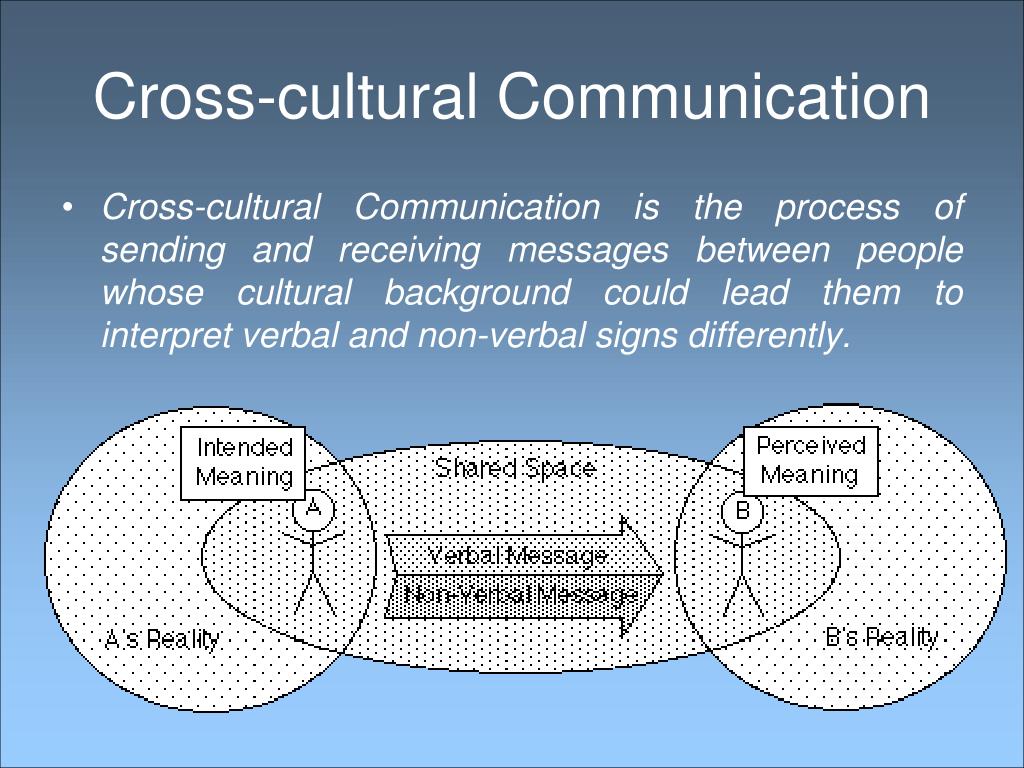
The first sample here shows the child’s ability to use art, form letters, and copy a title from a book. The writing focuses on the topic “My Favorite Story.”
In the second sample, the writer copies a string of unrelated words for the topic “Fishy Words.” The writing shows a beginning use of words and formation of letters.
Drawing and Strings of Letters
In this type of early writing, the child writes with random letters but has a definite message to convey. The letters often have no relationship to conventional letter sounds or spelling. (Sometimes a teacher or scribe translates the message into conventional form.)
The writer of the first sample translates her string of letters as “playing with my baby sister.” Through art, the child focuses on the topic. A beginning ability to form letters is shown.
According to the writer of the second sample, the title is “Riding My Bike.” An early attempt at forming letters is shown. The illustration supplies some of the meaning.
Early Phonetic Writing
In this type of early writing, the child writes connected letters (mostly consonants) to represent words. Sometimes the sound of the letter itself is used for a word; for example, “r” is the word are.
This writing translates as follows: “I ask my dad if he will call a playmate for me.” The writing focuses on a topic and shows an early attempt at writing a sentence.
In this sample, symbols and consonant sounds are used to show that the writer loves her dollhouse. This writing displays individuality, an early example of voice.
Phonetic Writing
In this type of early writing, the child writes words using letters to represent each sound that is heard. Consonants and vowels are used. Some punctuation may also be used.
This writing focuses on a topic and makes sense. The writer shows an awareness of consonant and vowel sounds and uses words and sentences. The art complements the writing.
The writer of this sample uses both consonants and vowels to spell words and write a sentence. The art carries details and demonstrates an emerging voice.
The art carries details and demonstrates an emerging voice.
Conventional/Some Phonetic Writing
In this type of writing, the child increasingly writes with conventional spellings and structures. Formation of letters is also more conventional.
This writer focuses on a topic and shows individuality. The writing uses words and sentences appropriately.
The writer’s message makes sense and shows an understanding of the friendly letter. The writing exhibits the appropriate use of words and sentences.
Development of Emergent Writing - Stay at Home Educator
Welcome to your ultimate guide to developing emergent writers in preschool. We have included the what, the why, and the how, to prepare your early learners to be successful and confident writers, at any stage.
With this guide, you will come away feeling confident and with new fun ways to teach writing in preschool.
What You Need to Know About the Development of Emergent Writing in Preschool
This article has everything you need to know about developing emergent writing in preschool.
Children go through a series of stages as they are learning to write. From the first scribbles to writing names, there are anticipated stages. While the characteristics within these stages may vary depending the child and the lines between the stages are a bit blurry, the series of stages are predictable and every child moves through the stages at some point for some period of time.
Children improve their writing ability and their understanding of it as they continue to be exposed to writing in the world around them, including teacher and parent modeling. You can see how emergent writing develops as the child becomes more confident and more versed in the alphabetic principle.
What is Emergent Writing in Preschool?Emergent writing is a young child’s first attempt at the writing process. Children as young as 2 years old begin to imitate the act of writing by creating drawings and symbolic markings that represent their thoughts and ideas.
(Rowe & Neitzel 2010; Dennis & Votteler 2013)This is the beginning of a series of stages that children progress through as they learn to write.
It sounds obvious, right? Emergent writing is writing. But it’s a little more complex than that.
Emergent writing includes:
- learning how to handle writing utensils
- making marks and scribbles
- understanding what written communication is
What Emergent Writing is Not
Emergent writing is not (just)tracing letters and numbers at the preschool writing center. While letter formation and number tracing has its place in the range of writing activities for preschoolers, emergent writing focuses on all the skills preschoolers need to have mastered before tracing letters has any benefit.
little baby girl drawing with crayon color on the wallThe Stages of Emergent Writing in Early Childhood
Every child approaches writing differently and some will spend less time than others in the initial stages of writing.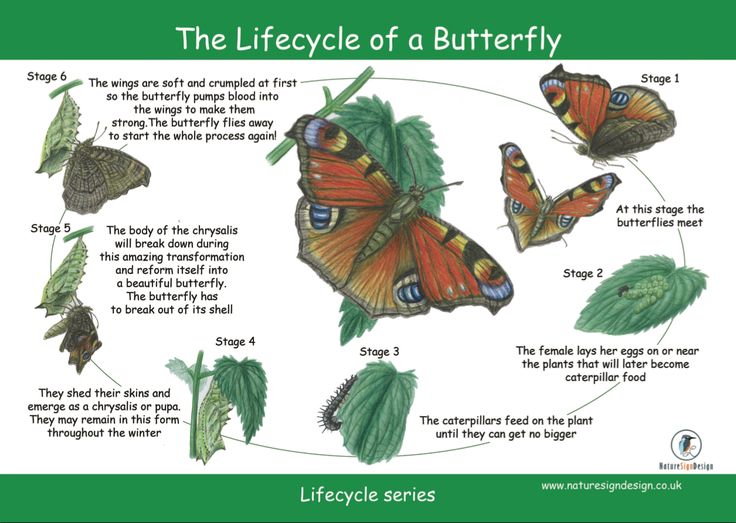
Scribbling looks random, but to a child, scribbles are very purposeful. While scribbles do not resemble letters or writing, they do represent the ideas of a young writer.
Have you ever had a preschooler show you a big circular brown blog of scribbled colors on a sheet of paper and ask, “Do you like my picture?” That seemingly haphazard, furious scribbling is actually something specific to the child, even if they cannot articulate what.
It is beneficial for children to draw and scribble because it feels like a comfortable starting point for their ideas and allows them to participate in the writing process. These beginning attempts at writing can be proud accomplishments to a youngster and should be encouraged.
By around the age of three, many children will be able to scribble and produce letter-like shapes that mimic traditional writing. At this age, they won’t have grasped letter formation just yet and their pencil grasp may still be in the digital grasp formation.
At this stage, thick crayons and markers on unlined paper are the most appropriate.
Related Reading
Stage 2: Writing with Letter-Like SymbolsAt this stage in development, children make the connection that writers use symbols to convey meaning. Their scribbles have taken on more shape, such as circles, straight lines, and other figures of meaning to the child.
In fact, at a recent visit to the pediatrician’s office your child might have been evaluated on how well they can draw symbols like straight lines, circles, a closed square with sharp edges, crosses and slashes. These are all pre-writing shapes that are required for writing letters in the English language.
However, there is little orientation at this stage, meaning that these letter-like forms will appear all over a page, not from top to bottom and left to right. Children are excited to share with others their writing and can often tell a story about their picture.
Between the ages of 3 and 4 years old, children begin to identify some letters and use them when writing. For example, they may be able to write their own name or write simple words. They may also draw pictures and attempt to label them using letters, or marks that look like letters.
For example, they may be able to write their own name or write simple words. They may also draw pictures and attempt to label them using letters, or marks that look like letters.
Crayons, markers, and blank paper are still appropriate writing tools. Check out this post about a writing center for home.
Stage 3: The Use of Letters to WriteIn this stage, children begin to use random, but oftentimes somewhat familiar letters, such as those in the child’s name. Writing usually consists of strings of upper case letters with little or no concern about the spacing of letters or between words. During this stage, children still do not recognize letter-sound relationships in their own writing, so letter sounds may not correspond to what the child has believed to have written.
Often around 4 to 5 years old, children understand and begin to apply the knowledge that writing is made up of letters and words. At this stage, children gain from expanding their use of writing materials.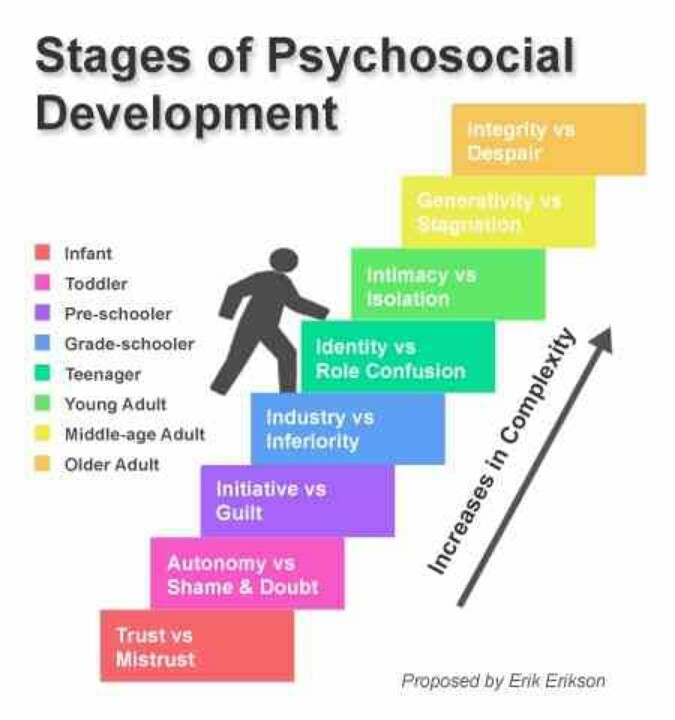 Cards, envelopes, notepads, colored pencils, and some pens are motivating to children at this stage of writing.
Cards, envelopes, notepads, colored pencils, and some pens are motivating to children at this stage of writing.
Related Reading
Pre-Writing Skills: Essential for Early LearnersStage 4: The Importance of Letters and Spaces
During this stage of writing development children learn more about how spoken words correspond with written words on a page. They often point to familiar words in text, albeit sometimes wrong, such as the child that holds up a book and says, while pointing to the title, “Construction,” when the actual title is “Roadwork”. This demonstrates the child knows the concepts of words in writing. However, it is not until kindergarten and first grade that children can master word spacing in their own writing.
Within this stage, children go through a series of mini-stages that include representing initial sounds with corresponding letters.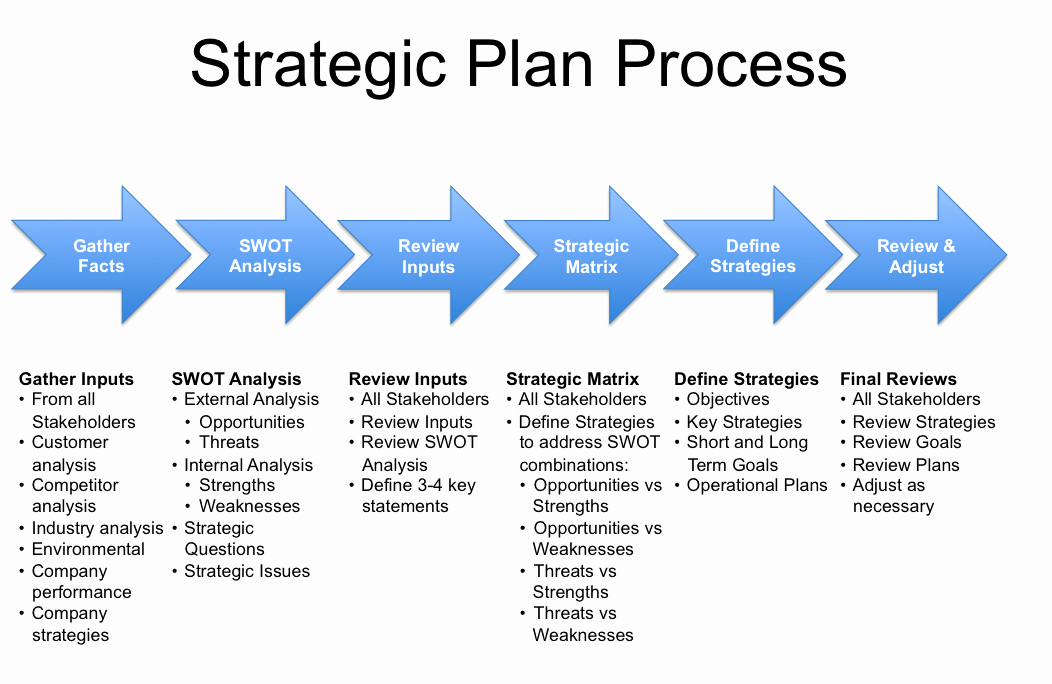 Children first use consonants to represent words and will later insert vowels. At this point the spelling of words is more inventive than phonetic.
Children first use consonants to represent words and will later insert vowels. At this point the spelling of words is more inventive than phonetic.
Children gain from using a range of writing materials, as well as writing for multiple purposes. You might add a list pad in the kitchen area for dramatic play, or have your preschoolers “sign in”for the day. Children in this stage have begun to transition into a more decodable writing.
By the time a child reaches 5 years old, their tripod pencil grasp and accurate letter formation help these writers blossom. They have learned the sounds that letters represent and are using those sounds to inventively spell. They’ll soon learn to write sight words and words that they commonly use and see.
Little cute preschool girl lying on the bed in bedroom at home, she’s bored and scribbling with blue pen on the paper notebook. Childhood concept. Leisure activity indoors. Getting bored at home.Stage 5: Conventional Writing and SpellingIn this final stage of writing development, children have a fairly firm grasp on letter formation. Most words are spelled correctly, and those that are not, represent a base in phonics. They have knowledge of upper and lower case letters, letter placement on paper, and spacing between letters and words. With this knowledge, children’s writing looks more traditional like that of the English language.
Most words are spelled correctly, and those that are not, represent a base in phonics. They have knowledge of upper and lower case letters, letter placement on paper, and spacing between letters and words. With this knowledge, children’s writing looks more traditional like that of the English language.
Beyond this stage, children will learn to write simple sentences and incorporate the basic rules of grammar, such as capital letters at the beginning of sentences and punctuation at the end. Their writing skills will continue to grow as they become readers and more aware of how the written word is presented.
Click here for images exemplifying each stage of writing development.
How to Provide Authentic Writing Practice in a Preschool Classroom
Once preschoolers reach a certain point in reading and writing development, they may begin to say things like, “But I don’t know how to write.”
What your preschooler is telling you is that they need more emergent writing activities.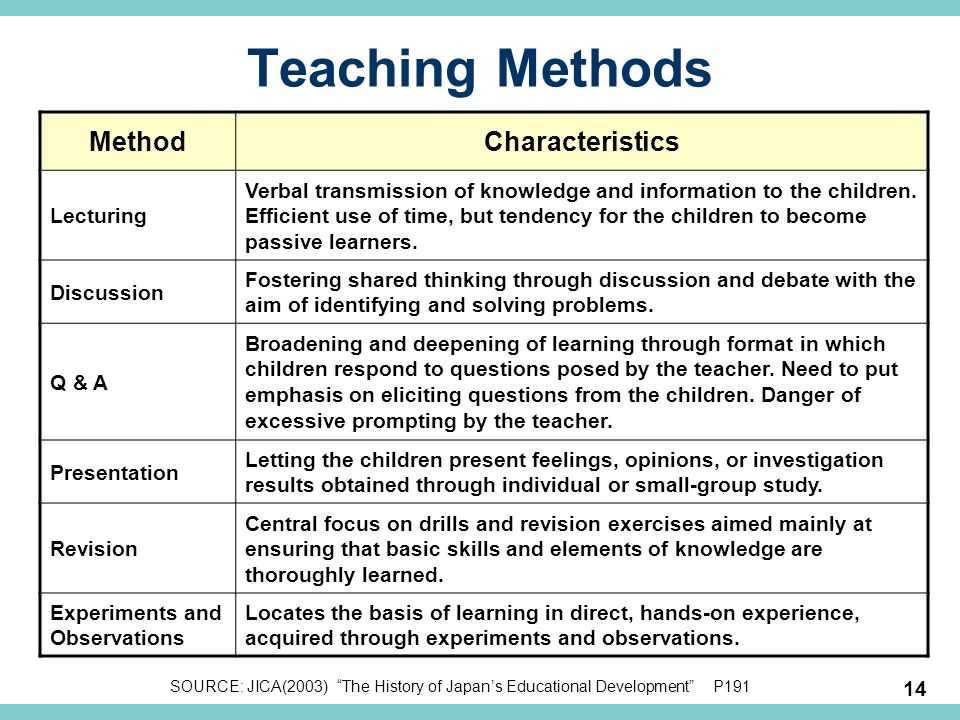 They need more time to explore how writing can be used. Writing activities in early childhood education should be focused on meaningful writing activities, not tracing random letters on worksheets.
They need more time to explore how writing can be used. Writing activities in early childhood education should be focused on meaningful writing activities, not tracing random letters on worksheets.
Here are some ideas for providing authentic writing practice in your classroom.
Dictated Stories
A dictated story is one where the child draws a picture and then dictates to the adult what story that picture tells. The adult writes exactly what the child says and makes no corrections.
Dictated stories can be as simple as “Me and my mom.” Or, they might be run-on sentences like, “We went to pick apples and I used the picker on a stick and knocked the apples off the tree and one hit my sister on the head and she cried and I got in trouble but we got lots of apples to take home.”
Name Writing
Preschoolers benefit from daily writing experiences and opportunities to build confidence as budding writers. Name writing is a great motivator for helping children learn to write and feels meaningful and important to each child.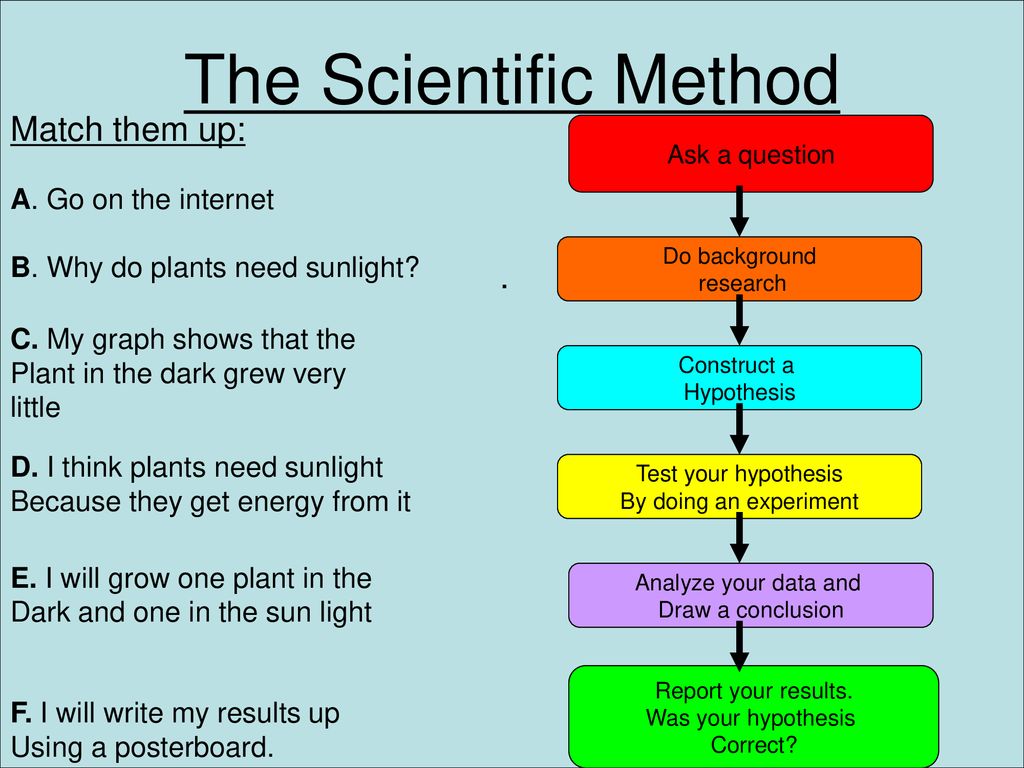 Plus, writing your own name helps children associate the first letter with a sound.
Plus, writing your own name helps children associate the first letter with a sound.
You can incorporate name writing into your classroom in so many ways. Here are some ideas:
- Have children “sign in” to class.
- Make artwork out of name tracing activities.
- Make name booklets.
- Have children rainbow write their name on tag paper and use their name to “vote”in question of the day activities.
- Have preschoolers add their names to a list for activities in the classroom.
Journaling
Allowing children the opportunity to draw, scribble, and/or write with letter-like symbols, no matter the emergent writing stage is SO valuable. Journaling allows preschoolers to put their ideas on paper with no pressure. I want to validate their stories, so I record them exactly as they are told, like in a dictated story. You will see a range in development within these stories, which is completely normal.
Note: I do ask the child first if it’s ok if I write their story on their paper.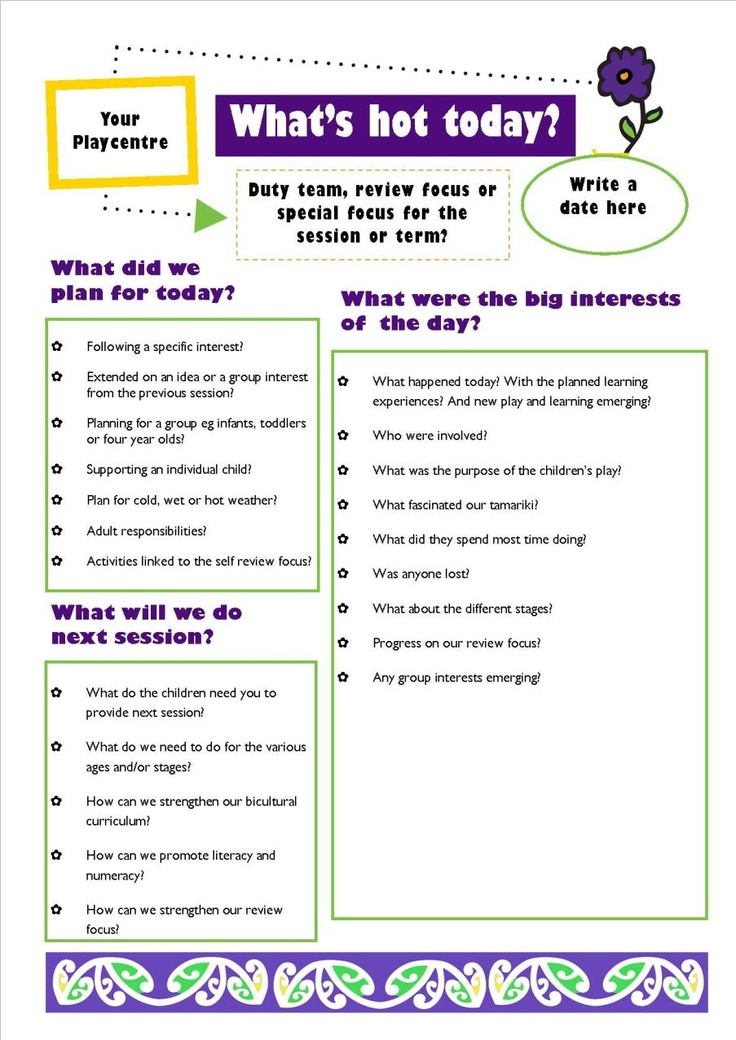 Some children can feel protective of their writing and want to keep it just their own, without adult marking. Using a sticky note to record their ideas is a great alternative to marking their paper.
Some children can feel protective of their writing and want to keep it just their own, without adult marking. Using a sticky note to record their ideas is a great alternative to marking their paper.
Teacher Modeling
Children benefit greatly from teacher modeling. Teachers should regularly model writing and offer opportunities for students to participate in interactive writing.
Teachers can connect writing to topics of interest, think aloud about the process of composing a message, and explain how to plan what to write (e.g., choosing words and topics, along with the mechanics of writing, such as punctuation).
Dennis & Votteler 2013
Children struggling to attain early writing skills benefit from explicit teaching, too. Teach children that letters create words and words create sentences.
Use environmental print (e.g., labels, charts, signs, toy packaging, clothing, and billboards) to help children realize that print is meaningful and functional .
Neumann, Hood, & Ford 2013These types of activities build both conceptual and procedural knowledge.
During Centers and Dramatic Play
Preschoolers benefit from daily writing experiences, so it is helpful to embed writing in the daily routine. Dramatic play is one of the easiest and best ways to add writing practice in a playful, yet meaningful, way. Check out Play to Learn Preschool for ideas.
Be sensitive to preschoolers’ varying levels of fine motor skills and promote the joy of experimenting with the art of writing, regardless of a child’s current skill level. Encourage invented spelling and attempts at writing letters or letter-like symbols.
Sarah Punkoney, MAT
I’m Sarah, an educator turned stay-at-home-mama of five! I’m the owner and creator of Stay At Home Educator, a website about intentional teaching and purposeful learning in the early childhood years. I’ve taught a range of levels, from preschool to college and a little bit of everything in between.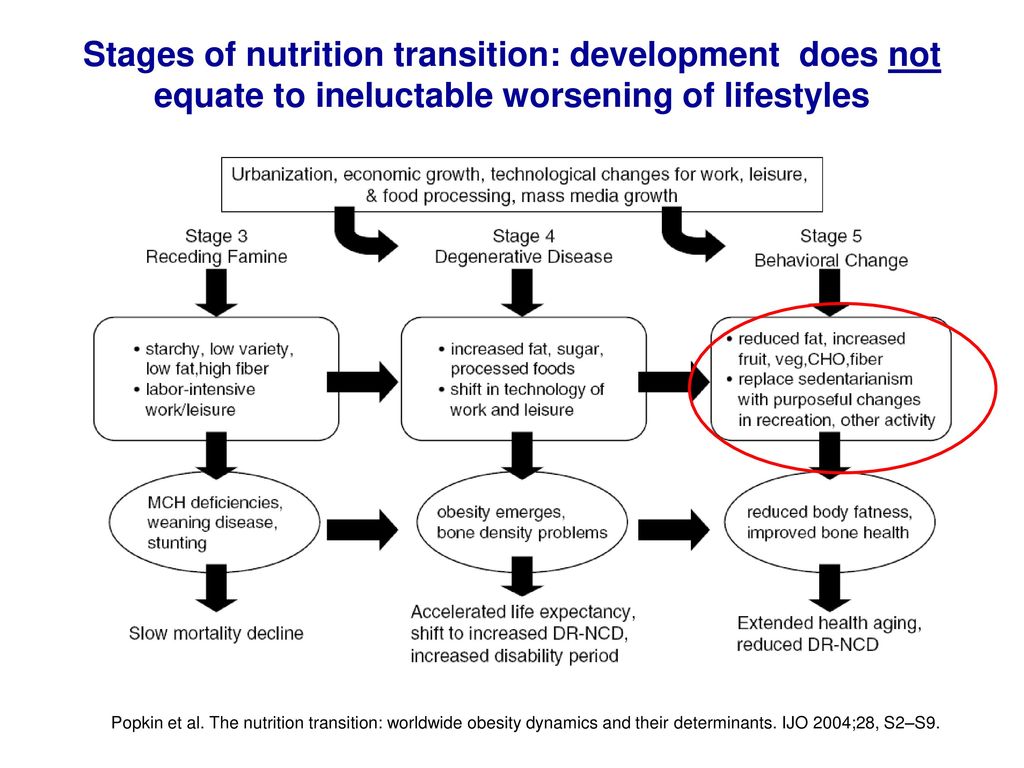 Right now my focus is teaching my children and running a preschool from my home. Credentials include: Bachelors in Art, Masters in Curriculum and Instruction.
Right now my focus is teaching my children and running a preschool from my home. Credentials include: Bachelors in Art, Masters in Curriculum and Instruction.
stayathomeeducator.com/
68. The main stages in the development of writing
Writing - symbolic system, usually visual, intended for fixation speech for the purpose of its subsequent perception.
People tried to fix thoughts from the ancient times. In the development of writing it is customary to distinguish between the following stages.
Stage 1. Pictographic letter.
View script, the characters of which represent the object depicted by them, i.e. content messages are sent as a picture or sequence of drawings.
The most ancient pictographic writing samples belong to the Paleolithic, at the dawn of writing it was used by a number of cultures: Mesopotamian, Egyptian, Chinese, Aztec. Pictographic letter preserved by a single people - Naxi living in the foothills of Tibet.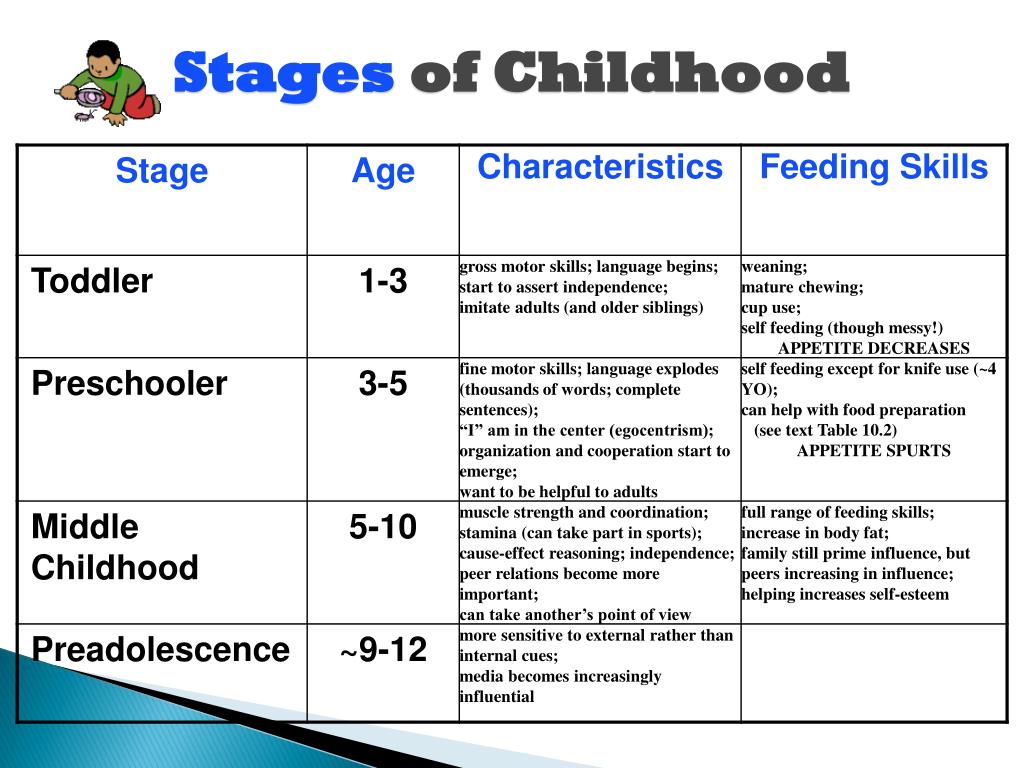
Possible assume that this mode of transmission thoughts can be understandable even people who speak different languages. However limitation and ambiguity interpretation of signs leads to the fact that this type of writing needs more in deciphering than in reading. Besides, pictographic writing signs adapted primarily for designations of objects.
Stage 2. Ideographic letter.
These reasons explain the movement of pictographic systems towards ideographic writings. This movement is accompanied expanding the meaning of signs, as well as simplification and canonization of each sign.
B ideographic writing signs ( ideograms ) denote idea, concept (unlike pictograms, that represent an object).
Stage 3. Hieroglyphic writing.
Hieroglyph can denote as a word, concept, and a particular sound or syllable.
Example such a letter can serve as a system Egyptian hieroglyphs. It combines ideographic and phonetic writing. used to denote concepts.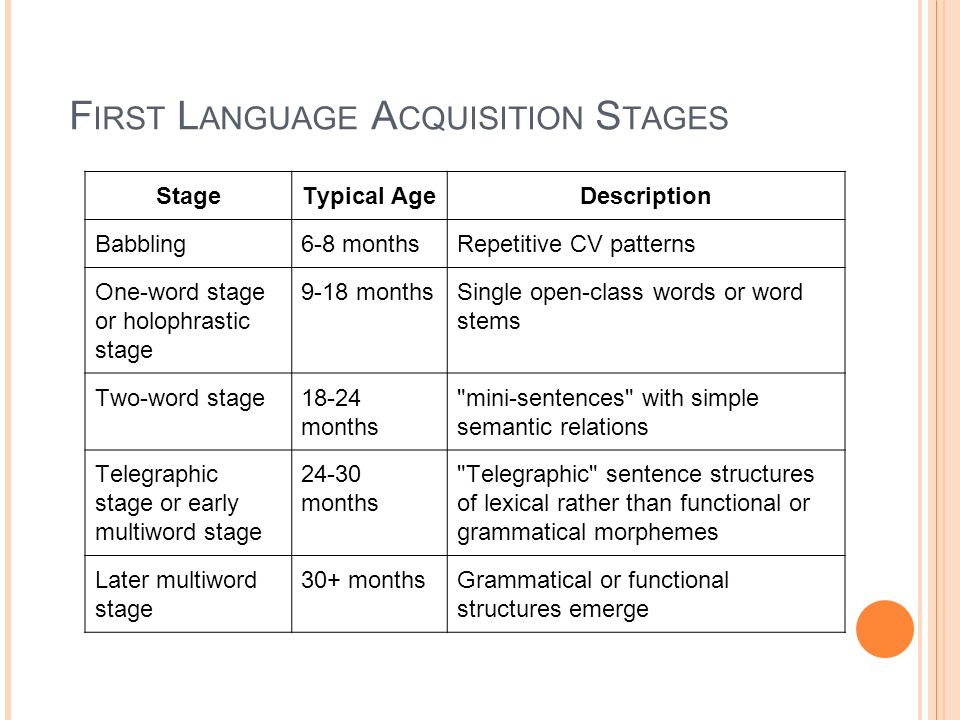 ideograms gradually canonized in your drawing, but for foreigners words and names the word was divided into parts according to sound, wrote down hieroglyphs one by one others and placed in cartouche .
ideograms gradually canonized in your drawing, but for foreigners words and names the word was divided into parts according to sound, wrote down hieroglyphs one by one others and placed in cartouche .
Stage 4. Syllabographic (syllabic) writing.
like this Thus, a step was taken towards the syllabographic (syllabic) writing, in which the characters denoted syllables. The most famous syllabaries are cuneiform: Sumerian writing and descended from him Old Persian and Akkadian script, as well as West Semitic scripts.
Pictographic Indian letter
Egyptian hieroglyphs. Cartouche
Syllabographic Sumerian writing 3
Stage 5. phonemic writing.
Important played a role in human history Phoenician letter. Taking advantage the discovery of the Egyptians in the area of transition to phonetic writing, the Phoenicians began record the sound with the icon of that word, that started with this sound ( acrophonic principle ).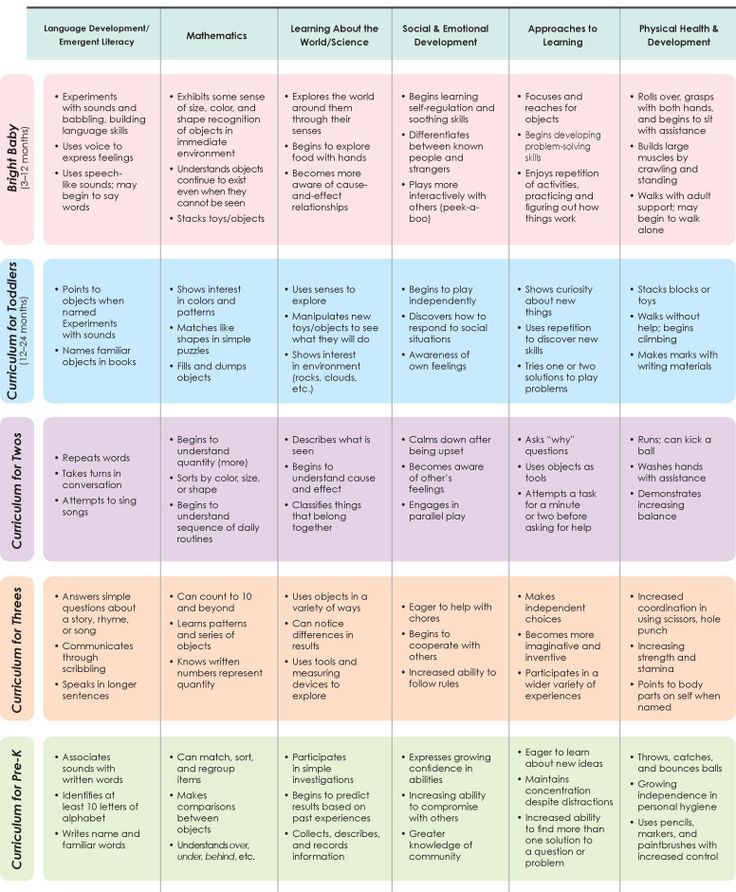
like this thus there was a transition to a new stage in the development of writing phonemic writing, which each sign denotes a sound, and the creation alphabet.
Phoenician the letter is the first alphabetic writing , and almost all alphabetic the writings of the world have roots precisely in Phoenician writing.
Phoenician writing used consonant principle , those. used to write words only consonants, and the meaning vowels were left to understand reader.
Text written from right to left.
Greek alphabet - alphabet Greek language and other languages of Greek groups. It is continuously used from the end of the 9th or beginning of the 8th century BC. e. Greek alphabet, apparently the first alphabet containing both consonants and and vowels, and using for them separate signs. There are 24 letters in the alphabet. The Greek alphabet served as the basis for which developed many alphabets, widespread in Europe and in the Middle East, and used in majority writing systems countries of the world, including Latin alphabet and cyrillic. In addition to using language to write, letters of the Greek alphabet are used like international symbols in mathematics and other sciences, are used for names of elementary particles, stars and other objects.
In addition to using language to write, letters of the Greek alphabet are used like international symbols in mathematics and other sciences, are used for names of elementary particles, stars and other objects.
For some types of letters of this type characterized by the ability to connect together several signs meaning various syllables, with a change in form original characters. Badge received in the result of such a connection is called ligature. Syllabary writing makes it possible to determine accurately the phonetic composition of a particular language. Since there are many syllables in every language less than concepts, the number of characters less in syllabic writing systems, than in hieroglyphics and fluctuates approximately 100 to 600 characters.
Letter syllabic type common in Eastern Africa, India, South East Asia and Far East. Alphabetical or alphabetic sound writing arose at the end of II millennium BC in Phoenicia, then from all modern alphabets originated from it.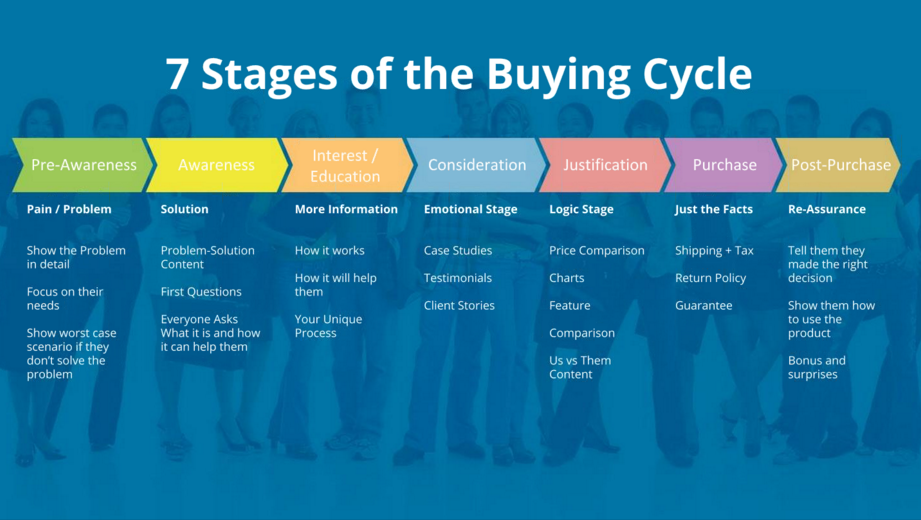 In these writing systems, each sign (letter) mostly matches a separate sound (phoneme), although in some cases, the same phoneme is expressed different characters or groups of characters. This most compact and mobile systems graphic fixing sound information.
In these writing systems, each sign (letter) mostly matches a separate sound (phoneme), although in some cases, the same phoneme is expressed different characters or groups of characters. This most compact and mobile systems graphic fixing sound information.
Alphabetical writing traditionally suggests established order of letters. In alphabets different languages, the number of letters is usually ranges from about 2 tens to fifty, although in some alphabets several forms apply the same sign depending on its position in the word (Arabic, Hebrew) and the general set of signs in this way it turns out more.
Thanks to its advantages alphabetic writing most widely distributed in world: in Europe, Asia, Africa, America and Australia.
Every type of modern writing has different graphic basics (types of writing). For example, Latin, Cyrillic, Greek, Armenian, Georgian, Arabic, Jewish graphic bases are alphabetic; indian graphic basics of Devanagari, Bengali, gurmukhi, gujarati, oriya, tamil, Malayalam, Kannada, Telugu, Sinhala and derivatives of Indian Thai, bir Manx, Lao, Khmer, Tibetan, as well as Amharic (Ethiopian) and Kunmun (Korean) are syllabic; kaishu (Chinese) and kanji (Japanese) are hieroglyphic (in Japan they use also 2 syllabary systems: hiragana and katakana).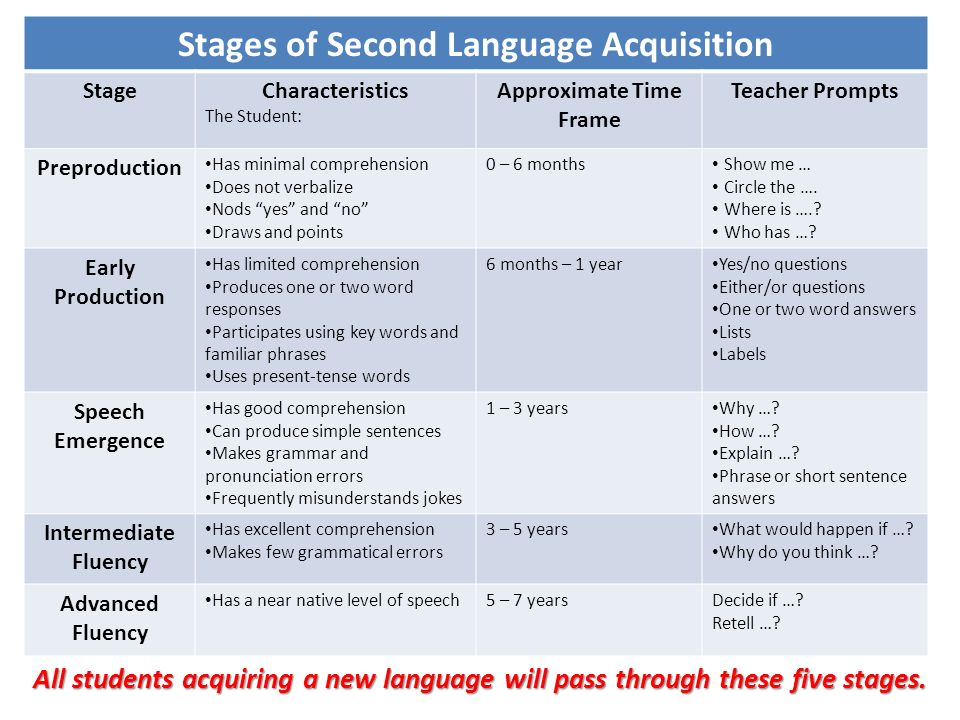
Each graphic basis serves one or several (sometimes many) national languages. Now there are over three dozens of practical graphic bases, or types of writing, in while living languages are no less several hundred or even thousands.
The emergence and main stages in the development of writing.
The process of development of society at certain stages required ways of preserving and transmitting information. The first attempts at such actions can be called the beginning of the emergence of writing. An analysis of language systems in the light of the development of recording information leads to the conclusion that the development of writing occurred along different paths independently of each other. All existing writing systems, like languages, are conditional. Its quality is determined by the ability to reflect everything that we can say. The process continued for a long time and came to the present state. The formation period can be divided into the following stages.
Subject letter.
When civilization arose, there was no written language. It was impossible to transmit and store information, the only place of preservation was human memory , reproduction - retelling . In the legend about King Darius about objects sent by the Scythians (a toad, a mouse, a bird and arrows) gives two interpretations. This example can be regarded as the first subject letter. This type can be attributed to the methods of transmitting information among the Iroquois using a set of shells of different colors and Peruvians (the number of multi-colored knots on the strings). The imperfection of these methods led to further searches for information display options that are more universal and understandable.
Pictographic letter.
Human thought did not stand still, The next way to preserve was the method of pictographic writing. It is somewhat akin to rock art . But rock art did not reach the level of systematization and remained the first example of artistic representation. In pictographic writing, a certain sign had a certain content. The concept of a person corresponded to the sign "man". Over time, changing and concretizing, pictograms are increasingly moving away from their original content, overgrown with multiple concepts and images. The emergence of abstract concepts negates the possibilities of pictography. The search for improvement in writing continues. There is a method of ideography, it implements the possibility of transferring concepts that do not exist in the visual display. An example - an image in the form of an eye could mean both an eye and vigilance. Consequently, one and the same image of a pictogram could have two variants of content, in a figurative or direct concept. Other pictograms also had such properties.
In pictographic writing, a certain sign had a certain content. The concept of a person corresponded to the sign "man". Over time, changing and concretizing, pictograms are increasingly moving away from their original content, overgrown with multiple concepts and images. The emergence of abstract concepts negates the possibilities of pictography. The search for improvement in writing continues. There is a method of ideography, it implements the possibility of transferring concepts that do not exist in the visual display. An example - an image in the form of an eye could mean both an eye and vigilance. Consequently, one and the same image of a pictogram could have two variants of content, in a figurative or direct concept. Other pictograms also had such properties.
Hieroglyphic writing.
The system takes its name from the written sign. hieroglyph means carved in stone. This method is distinguished by the presence of a set of common structural elements used in each character.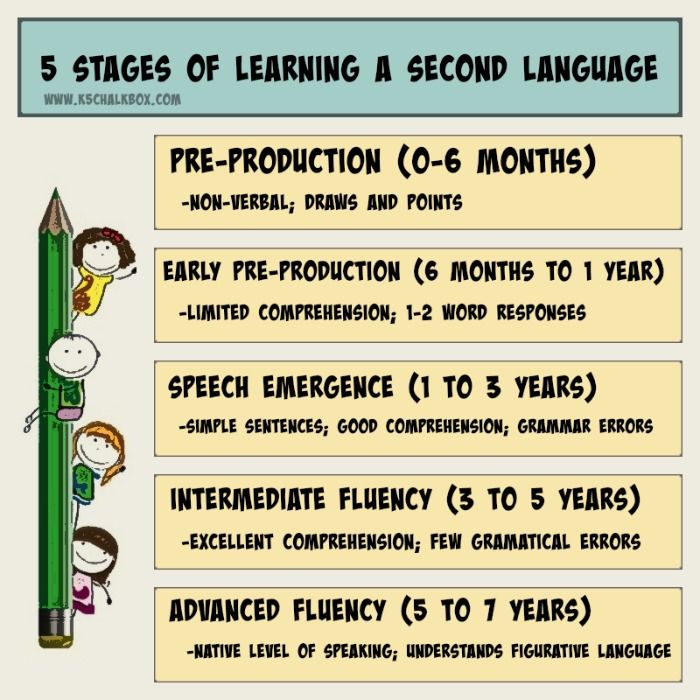 With their help, signs acquire a more specific meaning. Images of signs do not reflect the visual content of the concept. This method is easier to teach, recording has become easier. But the main drawback remained. Hieroglyphs have nothing to do with the pronunciation of the word. Recording and conversation live their own lives, each by itself. To designate syntactic roles, an additional set of notation had to be created.
With their help, signs acquire a more specific meaning. Images of signs do not reflect the visual content of the concept. This method is easier to teach, recording has become easier. But the main drawback remained. Hieroglyphs have nothing to do with the pronunciation of the word. Recording and conversation live their own lives, each by itself. To designate syntactic roles, an additional set of notation had to be created.
Syllabary.
The next discovery on the way to the development of writing was the syllabary. This method differs from the previous ones by the presence of connection with pronunciation. Each of the characters denotes the sound of a particular syllable. Alphabet such alphabets contains on average 809 - 120 characters. Many languages of that time come to such a system. Greek writing is based on it, which gave us the Latin alphabet and Cyrillic.
Alphabetical writing.
The final version of the search for a way to store and transmit information was an alphabetic or phonetic letter.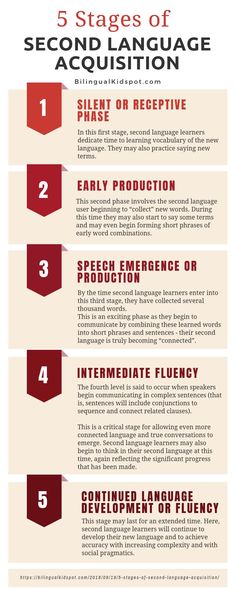
Learn more

